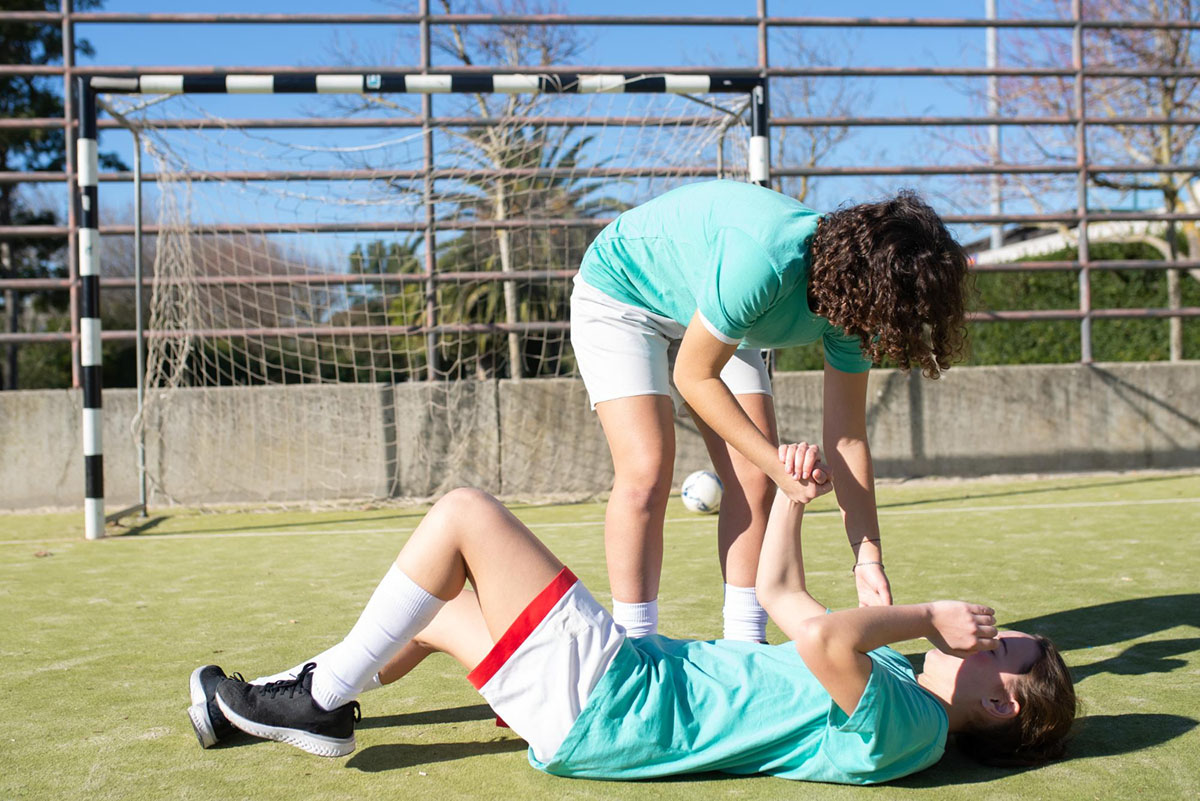Understanding the Phases of Rehab After a Sports Injury

Recovering from a sports injury isn’t just about resting and hoping for the best; it’s a structured, multi-phase process designed to heal the body, restore function, and reduce the risk of re-injury. Physical therapy for athletes plays a central role in guiding athletes through each stage of recovery. Whether you’re a weekend warrior or a competitive athlete, understanding the phases of rehabilitation can help you set realistic expectations and stay motivated throughout the journey.
Phase 1: Protection and Inflammation Control
The first phase of rehab begins immediately after the injury. The primary goal at this stage is to manage pain, reduce inflammation, and protect the injured area. This phase typically lasts a few days to a week, depending on the severity of the injury.
During this time, your physical therapist may recommend rest, ice, compression, and elevation (commonly known as the R.I.C.E. method). They may also use modalities such as electrical stimulation, ultrasound, or gentle manual therapy to decrease pain and swelling. It’s important to avoid activities that could worsen the injury while still allowing for safe movement when possible.
Phase 2: Restoring Range of Motion and Mobility
Once the initial inflammation has subsided, the next step is to restore joint mobility and soft tissue flexibility. Limited motion can lead to stiffness, muscle tightness, and long-term dysfunction if not addressed early.
In this phase, your physical therapist will introduce light stretching, passive and active range-of-motion exercises, and gentle mobilization techniques. The focus is on moving safely within pain-free limits to begin rebuilding the foundation for future strength and function.
Phase 3: Strengthening and Stability Training
With mobility returning, the rehab process shifts toward rebuilding strength, balance, and neuromuscular control. Injuries often cause weakness in both the injured area and the surrounding muscles, which must be corrected to ensure a full recovery.
Therapists will guide you through a progressive strengthening program tailored to your sport and position. This might include bodyweight exercises, resistance training, and balance drills to improve coordination. Core stability and proper movement patterns become a key focus during this phase, laying the groundwork for more dynamic activities in the next stage.
Phase 4: Functional and Sport-Specific Training
This is often the most exciting—and challenging—phase for athletes. The goal here is to restore functional movement patterns and reintroduce sport-specific drills that mimic the demands of your activity. At this stage, physical therapists work closely with you to assess agility, endurance, speed, and movement efficiency.
You may engage in plyometric exercises, cutting drills, or reaction-based training depending on your sport. Therapists continually monitor your form, progress, and fatigue levels to ensure a safe return to higher-level activity. Mental readiness and confidence also become important components in this phase of recovery.
Phase 5: Return to Sport and Injury Prevention
The final phase of rehabilitation is your safe return to full participation. Physical therapy at this point focuses on performance optimization and preventing re-injury through ongoing strength training, flexibility maintenance, and movement correction.
Before being cleared to return to play, you’ll often undergo sport-specific testing to make sure you’re physically and mentally prepared. Even after returning to sport, many athletes continue with a maintenance program to address lingering weaknesses and prevent setbacks.
Why Following the Phases Matters
Skipping phases or rushing the recovery process can lead to re-injury, chronic pain, or reduced performance. Physical therapists are trained to assess your readiness at each stage and adjust your plan based on your body’s response. Trusting the process, staying consistent with exercises, and maintaining open communication with your PT team are essential for long-term success.
Rehabilitation after a sports injury is not a one-size-fits-all process—it’s a phased approach that supports your body’s healing every step of the way. Understanding each phase helps you stay informed, engaged, and motivated throughout your recovery journey. With the right guidance and commitment, you can return to your sport stronger, smarter, and more resilient than ever.






